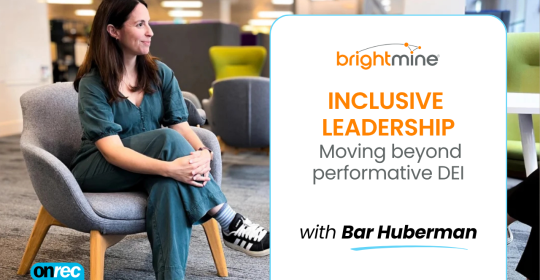Recent research from Oleeo has revealed that the average time from apply to hire runs at six weeks with little variation by sector, involving an average of 91 actions in the hiring funnel (the smallest being 40 actions and the highest 134.)
Whether you’ve experienced a surge in hiring or are high volume recruiting in industries like retail, hospitality, healthcare, etc., the candidate’s experience must still be at top of mind. Why? Because nothing can damage your employer brand like a poor candidate experience especially when 72% of those candidates share their poor experience online.
Poor employer reviews on Glassdoor from disgruntled applicants can affect any candidate’s perception of your brand no matter what they’re applying for.
Analysis, filtering, automated decisions and recommendations are very powerful tools, providing transparency and driving efficiency throughout the recruitment process. So actions between 40 and 134 makes sense dependent on the intensity of a campaign.
Accelerating through actions is the key. This is made possible through fast-acting recruiting software that will screen, assess, track background check progress, reference scheduling and more magnifying rich and engaging candidate experiences.
These can be measured using reporting and analytics functions to help inform hiring strategies. To find areas within your high volume recruiting process that can be simplified evaluate the following metrics:
- Turnover/Attrition Rate
- Voluntary vs. Involuntary Turnover/Attrition
- Expected Activity/Production Frequency
- Expected Time-to-Proficiency
- How many hires are needed to maintain production?
With all the back-end screening and analysis taken care of, talent acquisition teams have more time to focus on personalised outreach to give the best candidates a deeper insight into what the inside of your company looks like. Using a smart recruitment software made for high volume recruiting can also help you hit touch points with all candidates, whether they’re qualified or not.
Let candidates know on your career site, candidate communications centre or through personalised follow-up emails or SMS how your recruitment process runs. Tell them what they can expect and how to be successful in your hiring process. Use intelligence to ensure relevant content is shown to the right person at the right time, to help increase adoption and give the candidate a useful heads up. Sure, not every candidate will read all that, but the ones who do are ready to become star players on your team!
Just like you’re hiring in bulk, set your processes in bulk. Schedule large windows of time for very specific tasks such as communication, processing, and tagging several candidates at a time. High volume recruiting has a lot going on, leaving the chance for things to fall through the cracks high!
A system with bulk processing will enable you to send emails to large volumes of candidates with one click. Bulk responses don’t have to be boring either. Keeping the candidate experience top of mind can make routine communications something where your employer brand shines through. Remember, the job opening may be one of hundreds to you, but someone out there is very excited about it! Even when communicating in bulk, you can give additional information, be very clear about next steps and show off some of that mission, vision, values flavour that makes your organisation special.
Remember staying in constant communication with potential hires is important so you don’t lose them along the way to competing employers. This can be executed with recruitment tools like email and SMS. In the end, introducing automation to your hiring process will mean less administration work for your hiring team and a lowered chance of leaving your applicants in the dark.
Companies are using video interviewing, hiring events and team interviews to ensure that personal touch to the later stages of hiring. Even when you’re hiring in bulk, you can do this too. While it might work to send people through in batches at the beginning of this cycle, as they get closer to the job of their dreams, focus on how you can make the experience personal. For example, having a group of new employees start together, train together and match with mentors, you’ll want to keep their interviews, onboarding packages, offer letters and welcome individual.
If you want to hire a lot of qualified people fast, you can always break the application process down into smaller more manageable chunks. This helps to prevent a high dropout rate and can be used to continue the engagement with candidates, asking them additional information as they progress through the application process. This approach is often used with mobile devices.
Keep a tight talent acquisition process, narrow your recruiting data to attract talent that matters and schedule your days out in bulk. Doing this can minimise your number of actions and perhaps you won’t need 91 after all. It all depends on what you actually have to do to be sure you’re getting talent that will stay and hopefully be a future leader.







